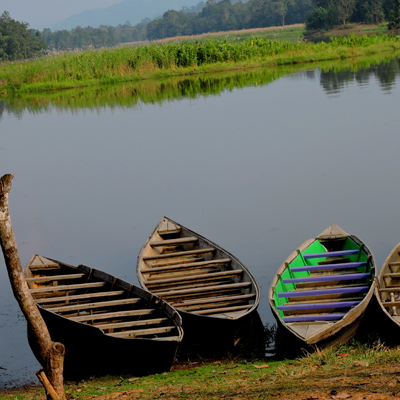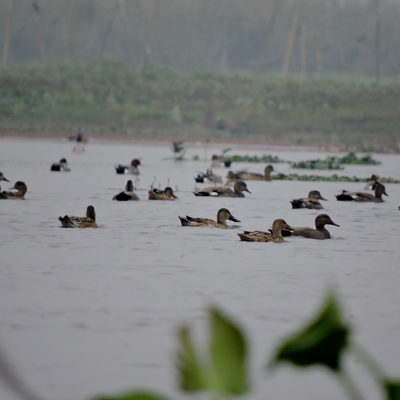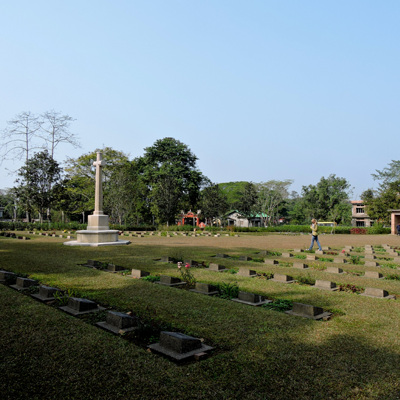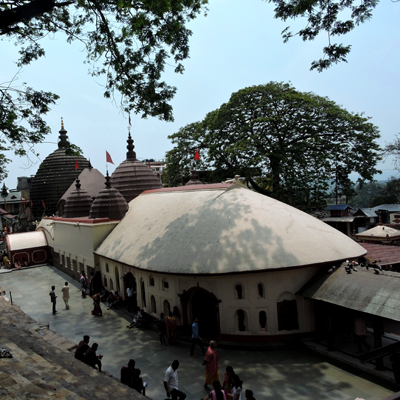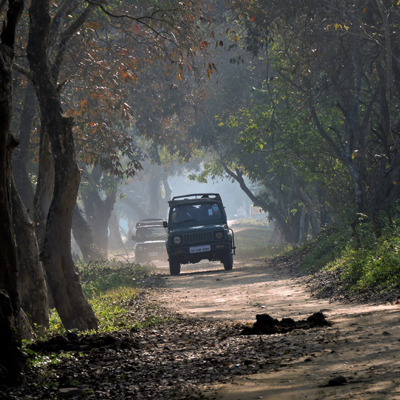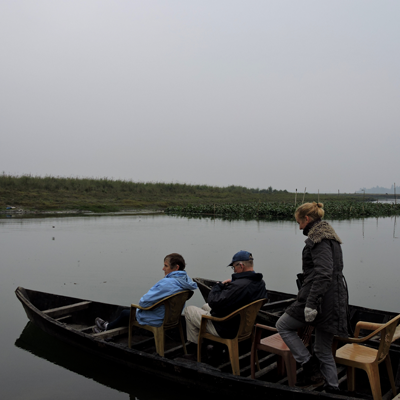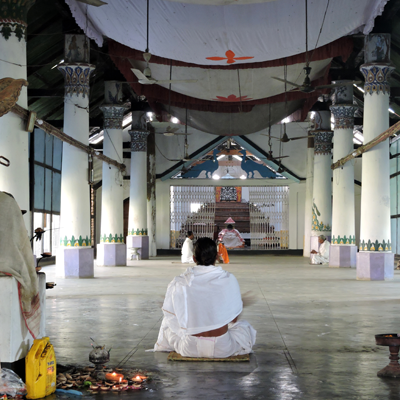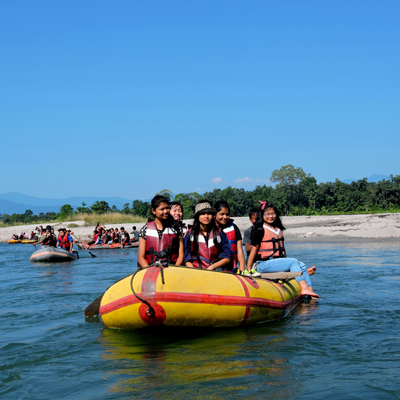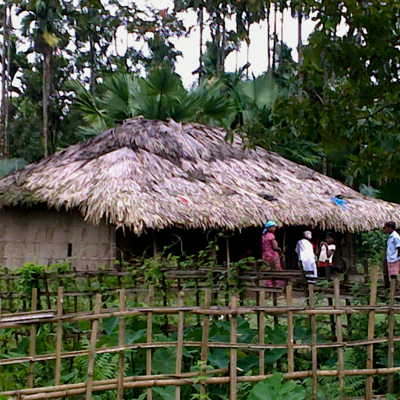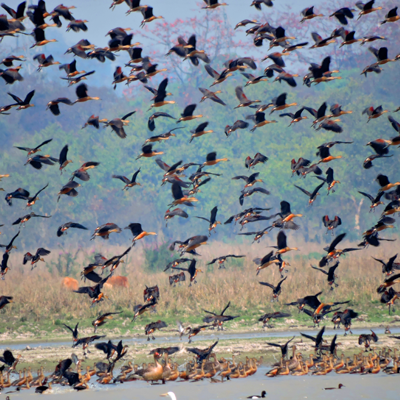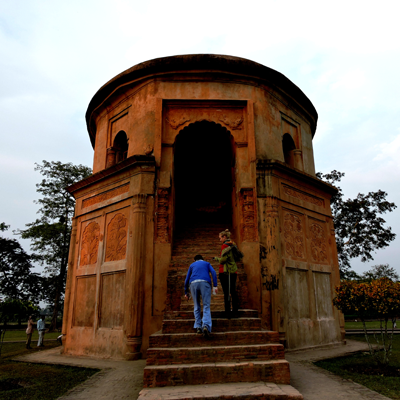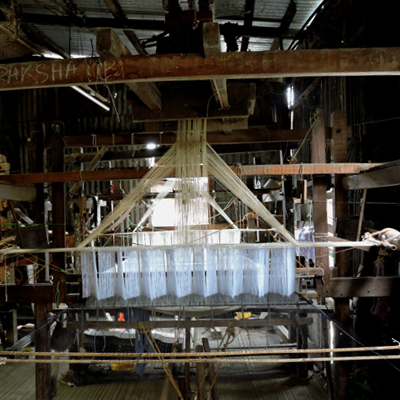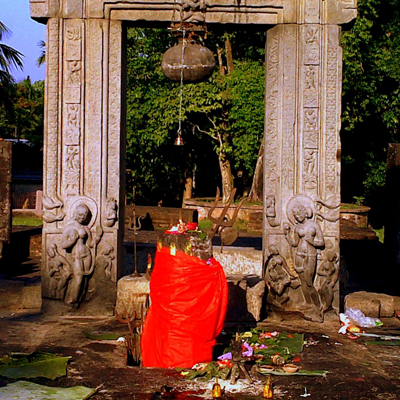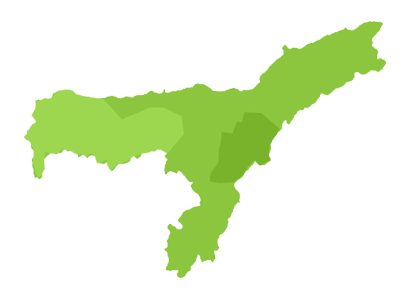
Alluring Assam, the "Home of the Son of Lord Brahmaputra" is a land full of myths, mystries, lore and legends. This sentinel of Northeast India is joined to the mainland by a narrow stip of land and remained isolated from the mainstream of Indian history for centuries. The advent, of the Ahom across the Eastern hills in 1228 A.D. was the turning point in Assam’s history. Ahom ruled Assam from their capital of Charaideo near present-day Dibsagar and was successfully repulsed by the Mughals and the Bengal Sultans. With the waning of Ahom power, the Burmese overran the enture territory, but ceded Assam to the British in 1826. In 1874, a separate province of Assam was created with Shillong as Capital.
The state is endowded with stunning scenic beauty and is dominated by the mighty Brahmaputra River, which is the lifeline of the valley. Assam can be classified into three main geographical areas – the Brahmaputra valley, the Barak valley and the North Cachar Hills. Most of the valley area is under cultivation and rice is the principal food crop of Assam.
Assam has a unique landscape with sprawling tea gardens and unending stretches of paddy fields interspersed with groves of coconut, areca nuts, and banana trees. Its population is a confluence of streams of different races and tribes like the Austrics, the Aryans, Negroids, Indo-Burmese, Indo-Tibetans, and Mongoloid. They have enriched each other and have evolved to give a distinctive identity to the Assamese people. Assam is located at the gateway of Northeast India, Assam is separated by Bangladesh from mainstream India.
The state is bounded in the north by Arunachal Pradesh and Bhutan; in the east by Nagaland, Manipur, and Burma; in the south by Bangladesh, Tripura, Mizoram, and Bangladesh; and in the west by West Bengal.Assam can be broadly divided into three distinct physical units, the Brahmaputra Valley in the north, the Barak Valley in the narrow protruding south, and the state’s hilly region separating the two valleys.
The region of Assam was mentioned by the Chinese explorer Chang Kien of having trade links with China in 100 B.C. The Periplus of the Erythrean Sea and Ptolemy’s Geography also acknowledge the existence of this state before Christ. The Australoids or the pre-Dravidians were the earliest inhabitants of this state. But, it were the Mongoloids who entered the land through the eastern mountainous passes and overrun the land long before the time of the compilation of the Hindu religious literature known as the Vedas.
In the Vedic literature, the state has been mentioned as the land of Kirats with Pragjyotishpur as the capital. In the epic Mahabharata, it is mentioned that the Kirats fought against the Pandavas. Huen Tsang, the great Chinese traveler, visited this region in the 7th century. At that point of time, Pragjyotishpur was known as Kamrup, which was then a strong kingdom under King Bhaskaravarman. However, after this there was a gradual decline of this region and subsequent centuries were witness to repeated onslaughts by aboriginals that reduced the power of the kingdom and led to its fragmentation. It was a time when no single power could hold sway in Assam.
GUWAHATI – Guwahati is the gateway to the Northeast and is the main industrial, commercial and communication centreof the region. It is surrounded by hills and dominated by the Brahmaputra River, which is so wide at some places that the far shore if often not visible. The name Guwahati is said to be literally made of up two Ahom words – Guwa or arecanut and Haat or market place. The early History of the town is shrouded in myths and legends. According to mythological legends, the city was built by the demon king Narkasur, who was later killed by Lord Krishna. It is also known as the legendry Kamrup, the birthplace of Kamdeva, the ‘God of Love’.

